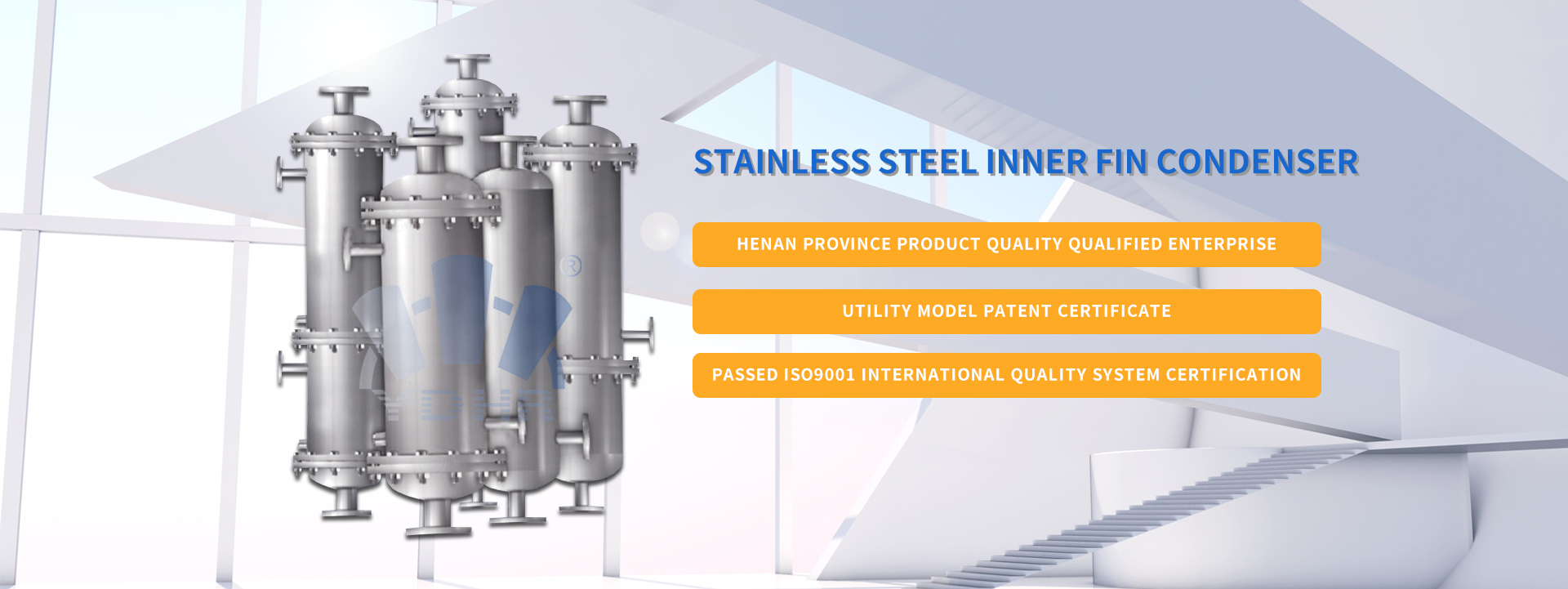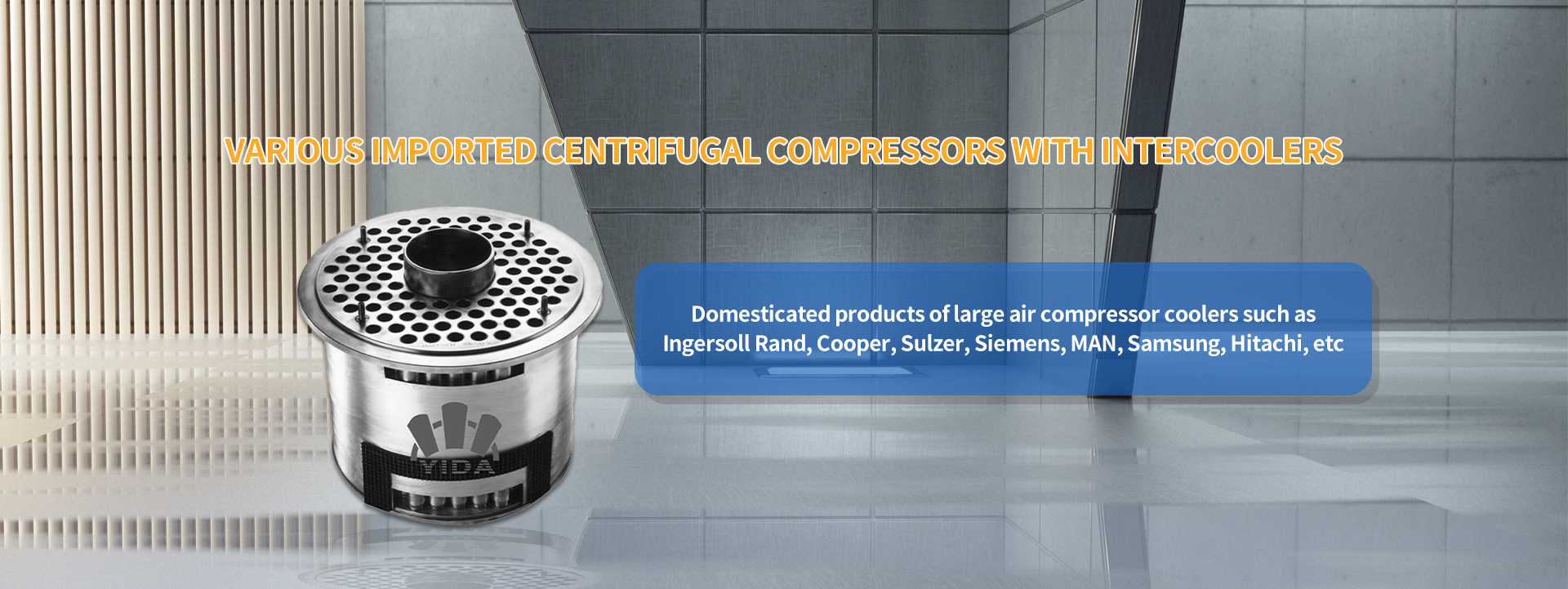Internal fin heat exchange tube, bidding farewell to old methods and opening up new ones
The finned heat exchanger uses mechanical winding. The heat transfer function is good and stable, with low resistance to air passing through. Steam or hot water flows through the steel pipe, and heat is transferred to the air passing between the fins through the fins tightly wrapped around the steel pipe, achieving the effect of heating and cooling the air. Copper strip, aluminum strip, etc. [1] The planning of heat exchange tubes as heat transfer and pressure carriers is one of the key technologies in various tubular heat exchangers The structure and characteristics of finned tubes were analyzed, and based on the COMOSWORKS finite element analysis module, it was found that finned radiators, which are widely used in CNG coolers, are a type of heat exchange equipment widely used in gas and liquid heat exchangers.
The inner finned heat exchange tube achieves the purpose of enhancing heat transfer by adding fins to a general base tube, which can be made of steel pipe; Stainless steel tube for condenser; Fin tube radiator copper tube, etc. Fins can also be made of steel strips; Stainless steel strip. Fin type heat exchangers are primarily used for air heating in dry systems and are the primary equipment in hot air devices. The heat medium used for steel fin radiators can be steam or hot water, or thermal oil. The working pressure of steam generally does not exceed 0.8 Mpa, and the temperature of hot air is below 150 ℃.
- PREV:Hangyang G731








